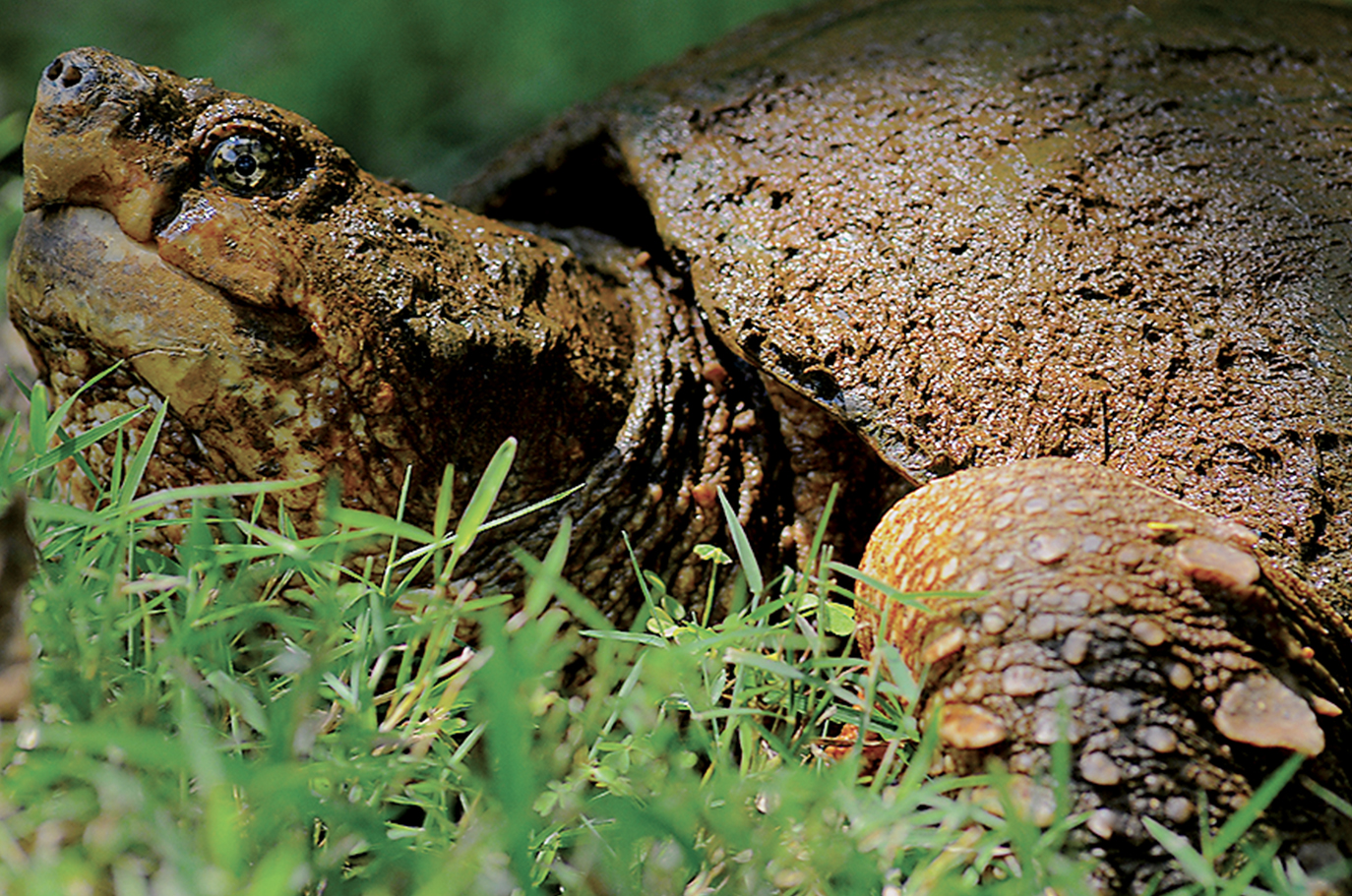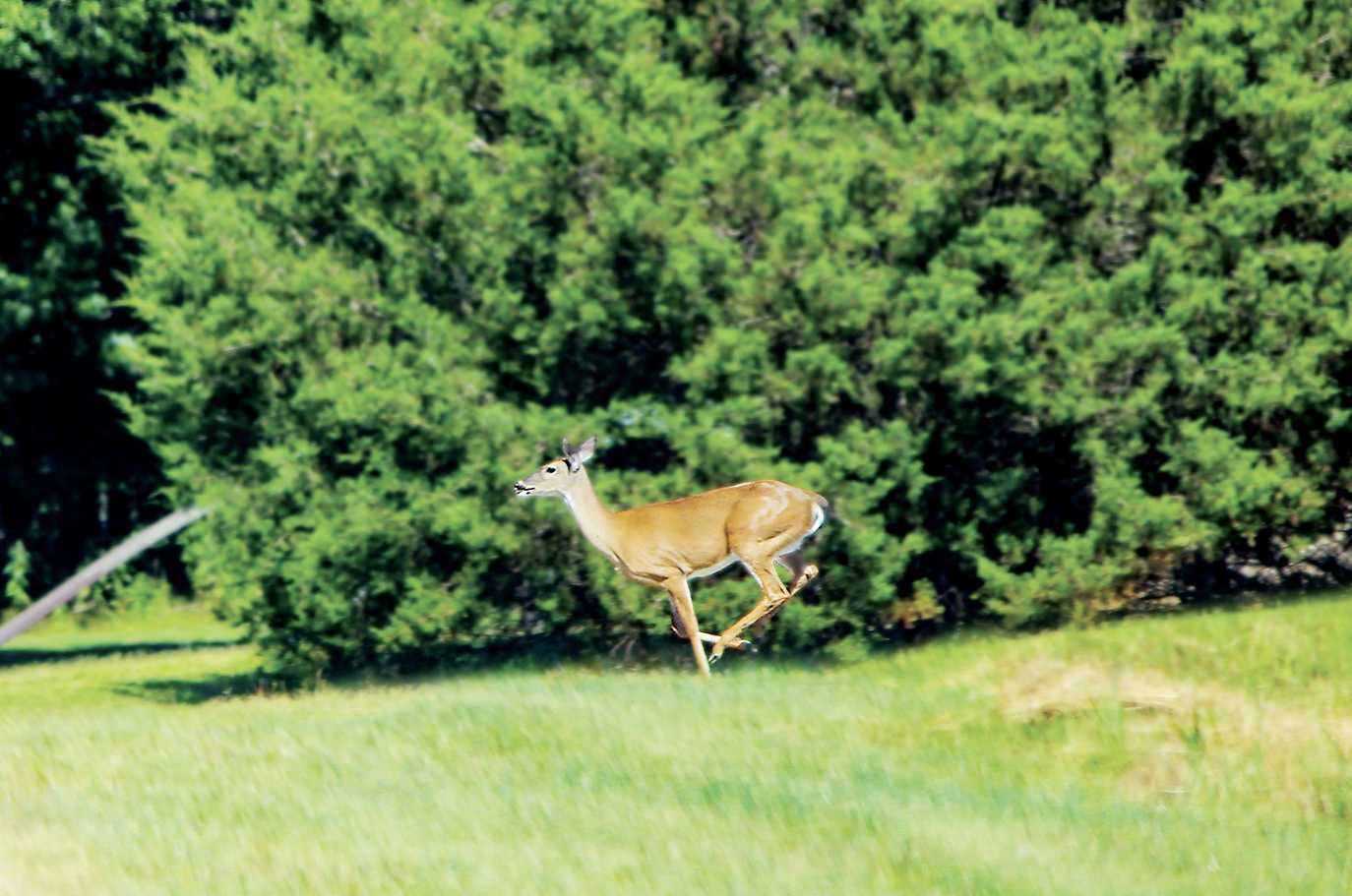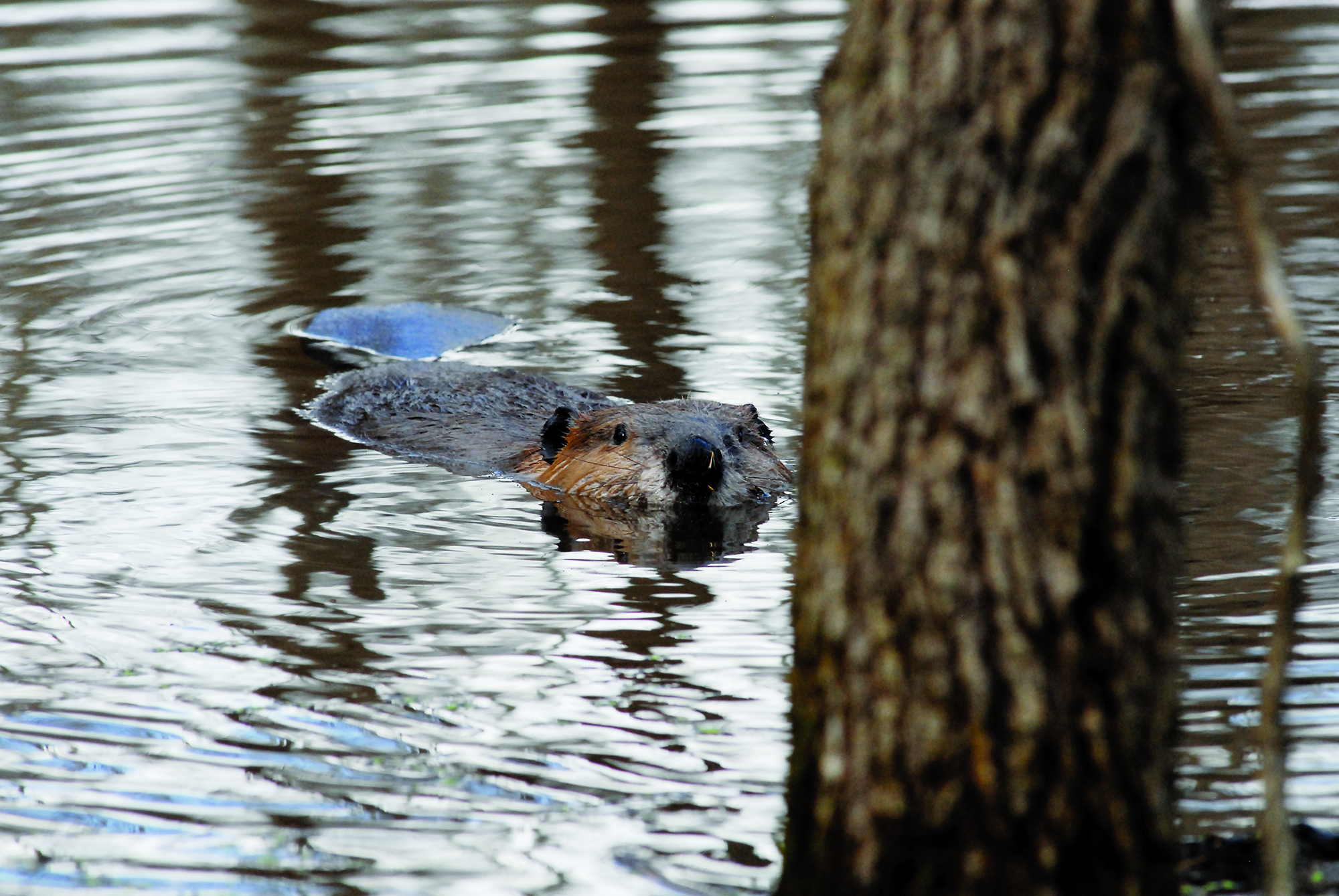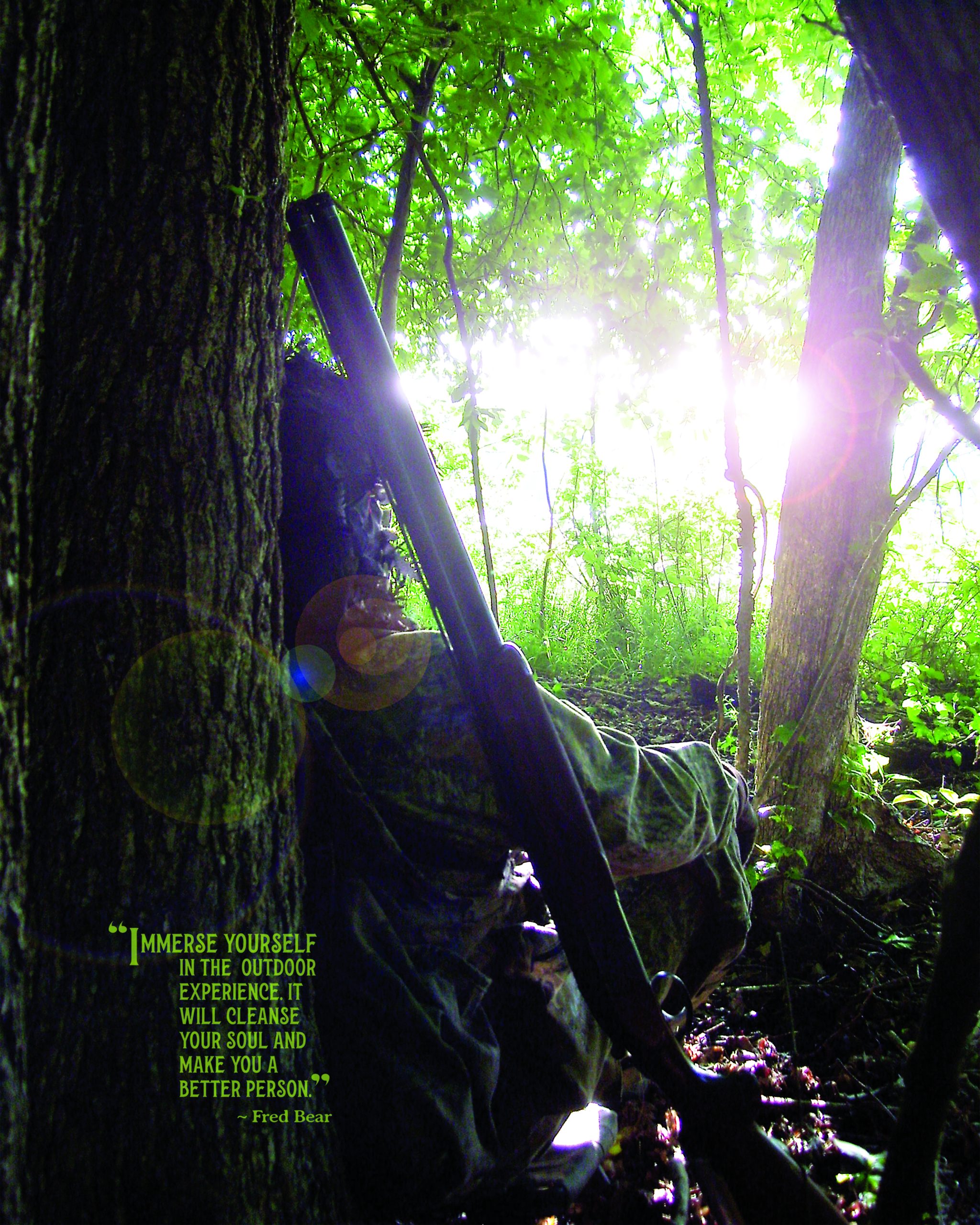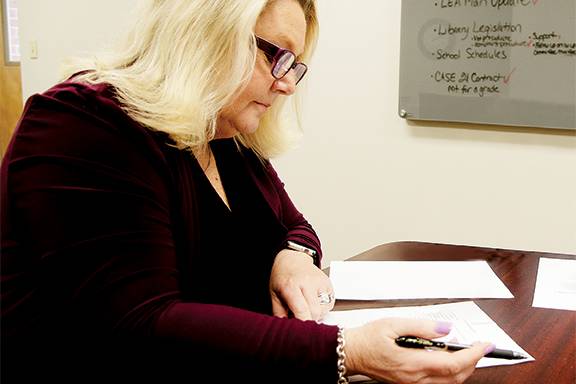Scenic Hatchie River Can Soak into Heart and Soul
Scientists say we humans are made mostly of water (nearly 80 percent when we are born).
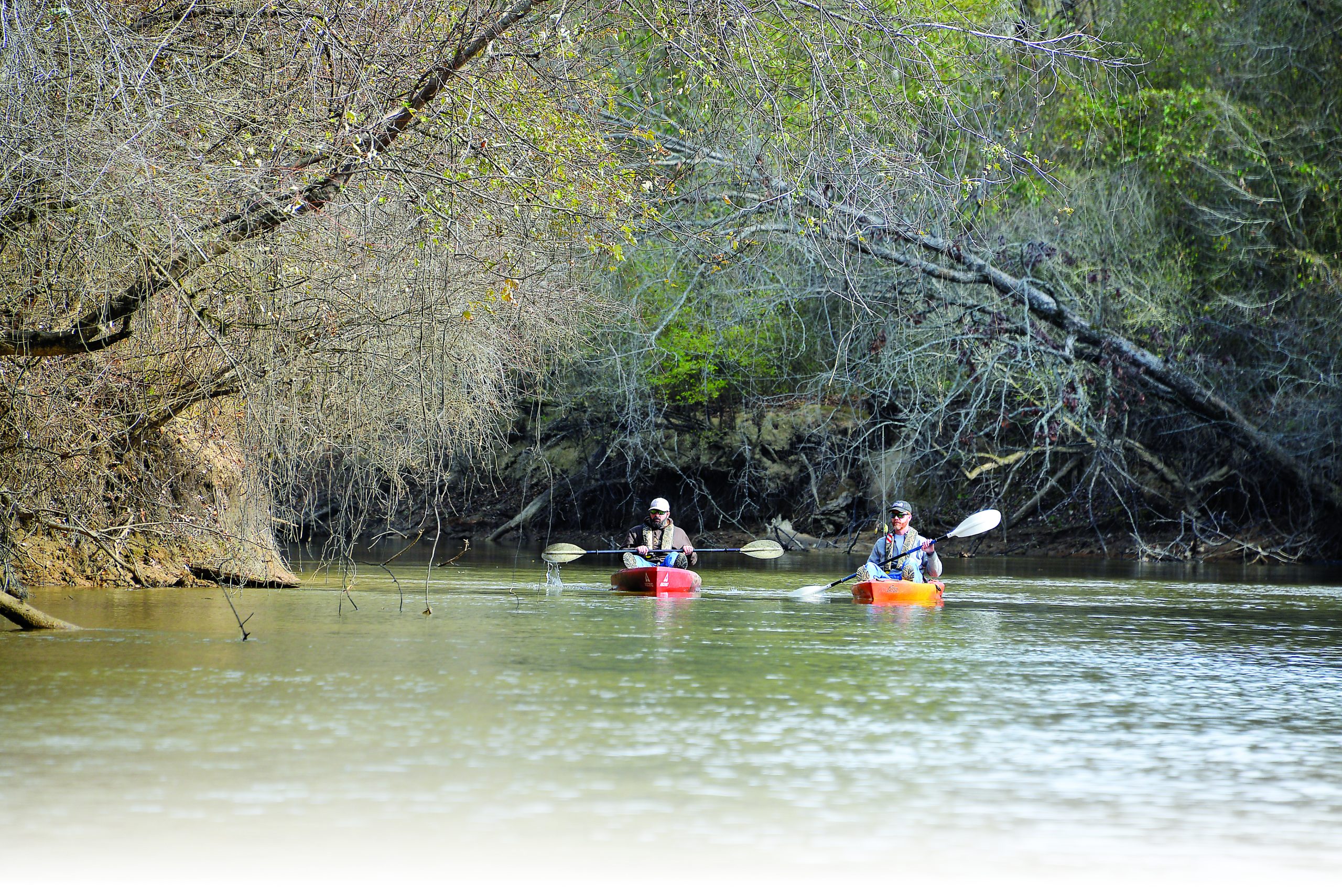
So, water is essential. We can’t ignore it. It runs through us.
That said, here’s a question: Does this scientific knowledge…or our watery composition…explain the love that so many have for West Tennessee’s Hatchie River? Is our affection for this little, curvy river elemental?
Maybe. Maybe it’s in our makeup, in our human fabric?
As a child I laughed at the Scenic Hatchie River signs found on highways near our muddy, meandering stream.
(Hey, I didn’t like tomatoes of Shakespeare when I was young either. But right now, I have 40 plants in my garden and could drown you in quotes from The Bard.)
From television and from postcards from Gatlinburg, Tennessee, or Arkansas, I became convinced the most beautiful scenic rivers were clear-water streams. Fortunately, childhood Hatchie Bottom duck hunts and bream fishing trips shed a grander light on it.
So let me save you some ignorance. The Hatchie is scenic; it just makes a different kind of postcard.
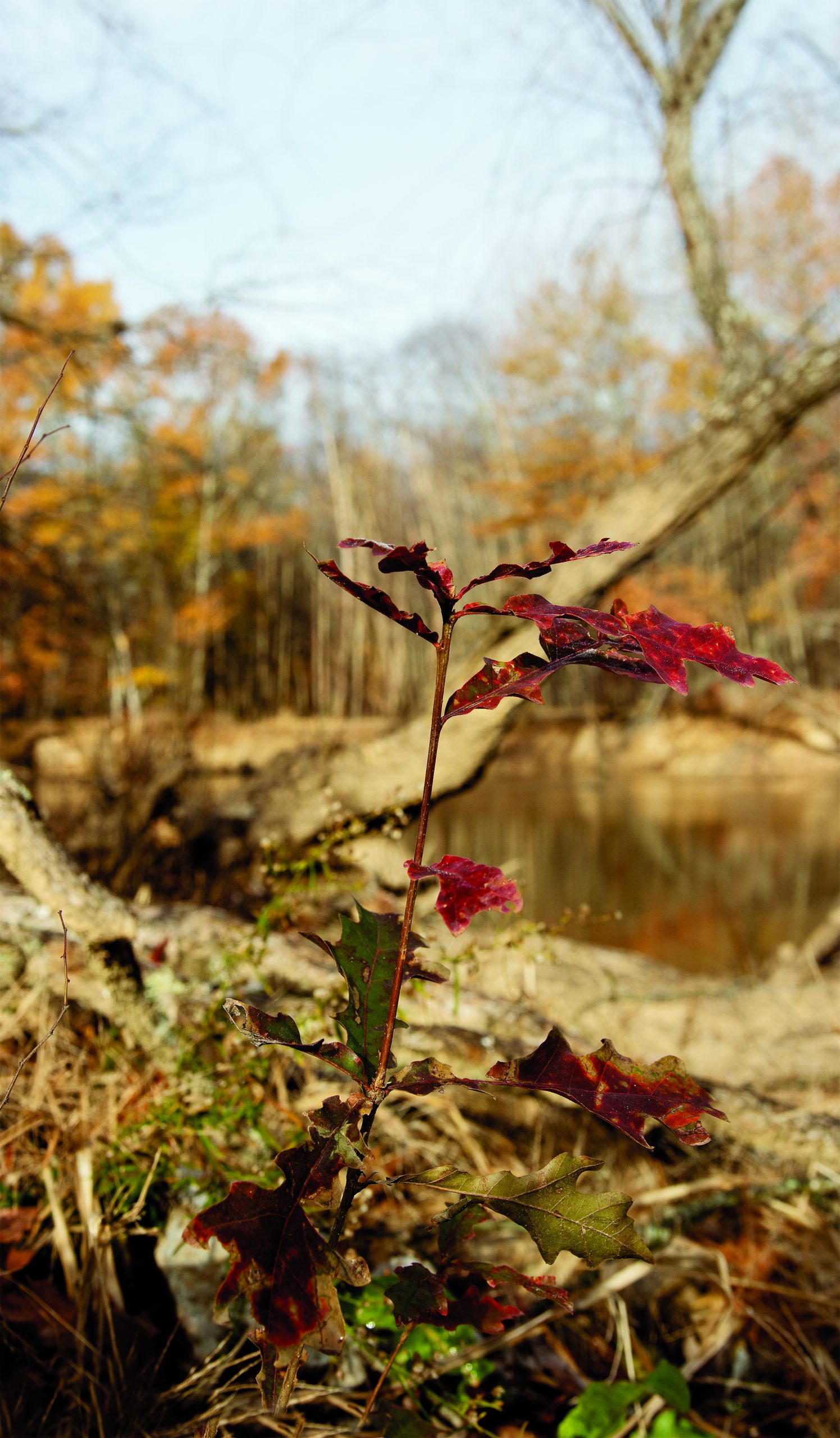
For me and others whose heart it winds through, the Hatchie River is more than a river. It’s a refuge, a symbol of wilderness, and an escape.
It’s akin to home.
And, heck, even Shakespeare wrote something that might apply:
“A course more promising,
Than a wild dedication of yourselves
To unpathed waters, undreamed shores…”
New to the area, and want advice from someone in the know? Visit this little river.
To prevent channelization, the Hatchie received the designation of protected status in 1970 from the Tennessee General Assembly. Only 203 rivers in the U.S. and Puerto Rico share similar protection. It’s elite. The wildness remains, thanks to the efforts of Haywood Countian William H. Walker, one-time Commissioner of Agriculture for Tennessee.
According to the Tennessee State Government website, the Hatchie is the largest free-flowing tributary in the state to have this designation. Under this label it has more environmental protection than other waterways.
Beginning in north Mississippi and flowing northwest for 200-plus miles to the Mississippi River, the Hatchie passes through Tennessee’s McNairy, Hardeman, Madison, Haywood, Tipton, and Lauderdale counties.
“It’s now not just scenic, it’s also where I feel at home.”
The Class I river meanders, it wanders, it ebbs, it flows—like a winding snake. This natural flow proves to be more environmentally friendly than the channelization of so many other waterways.
According to state publications, the river and surrounding bottomlands provide habitat for more than 100 species of fish, including 11 species of catfish, and that’s likely more than any other river in North America.
“(There are) 50 species of mammals, 35 species of mussels, 250 species of birds including migratory birds, along with reptiles, amphibians and invertebrates,” the state website says. “The river’s historic significance includes national landmarks dating back to the Civil War era.”
There are 10 well-maintained Tennessee Wildlife Resources Agency boat ramps located nearly every state route that crosses the river.
The river borders the 11,556-acre Hatchie National Wildlife Refuge (NWR), near Brownsville, Tennessee; and farther downstream, it runs alongside the 9,451-acre Lower Hatchie NWR near Henning, Tennessee.
Though bordered by massive amounts of private land, the river proper offers year-round public recreation in the forms of hunting, fishing, boating, and wildlife-viewing opportunities.
What’s not to love about this river?
After decades on, in (literally), or around the Hatchie, as well as its surrounding bottomland and oxbows, my perspective of it has grown more personal. It’s now not just scenic, it’s also where I feel at home.
The Hatchie has remained a constant for those whose lives it has flowed through. Admittedly, there have been slight changes and those mostly for the better. For example, no-till farming practices have made its water clearer than when I was a kid. But that’s not why I have come to love it even more.
My devotion comes from my long-term perspective…over a half century of it. If you want to really understand bodies of water—pond, lake, ocean or one of the Southeast’s only remaining meandering rivers—you must be on them. I never grasped the Mississippi River until I was in the middle of it; the Hatchie is the same way.
To truly feel and understand this river, you must give in to its current.
You’ll discover its water is a part of you, too.


